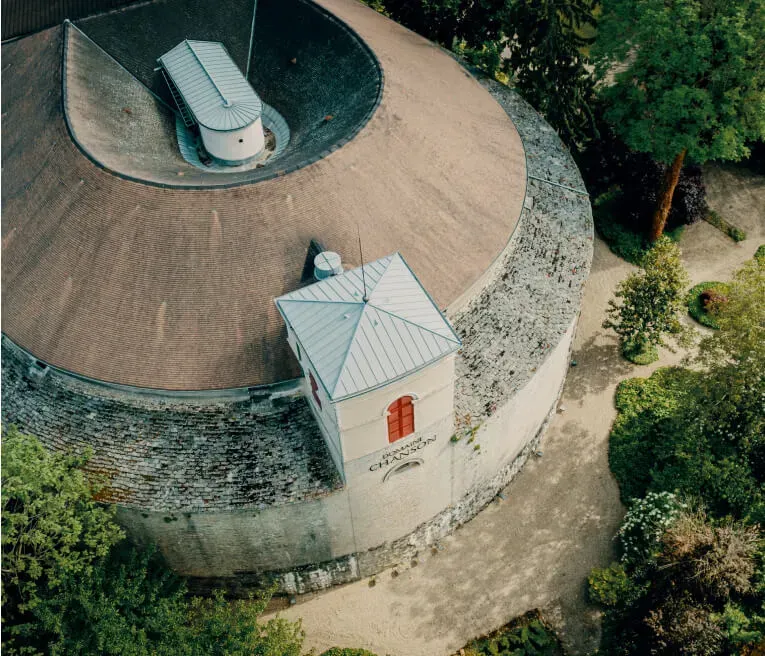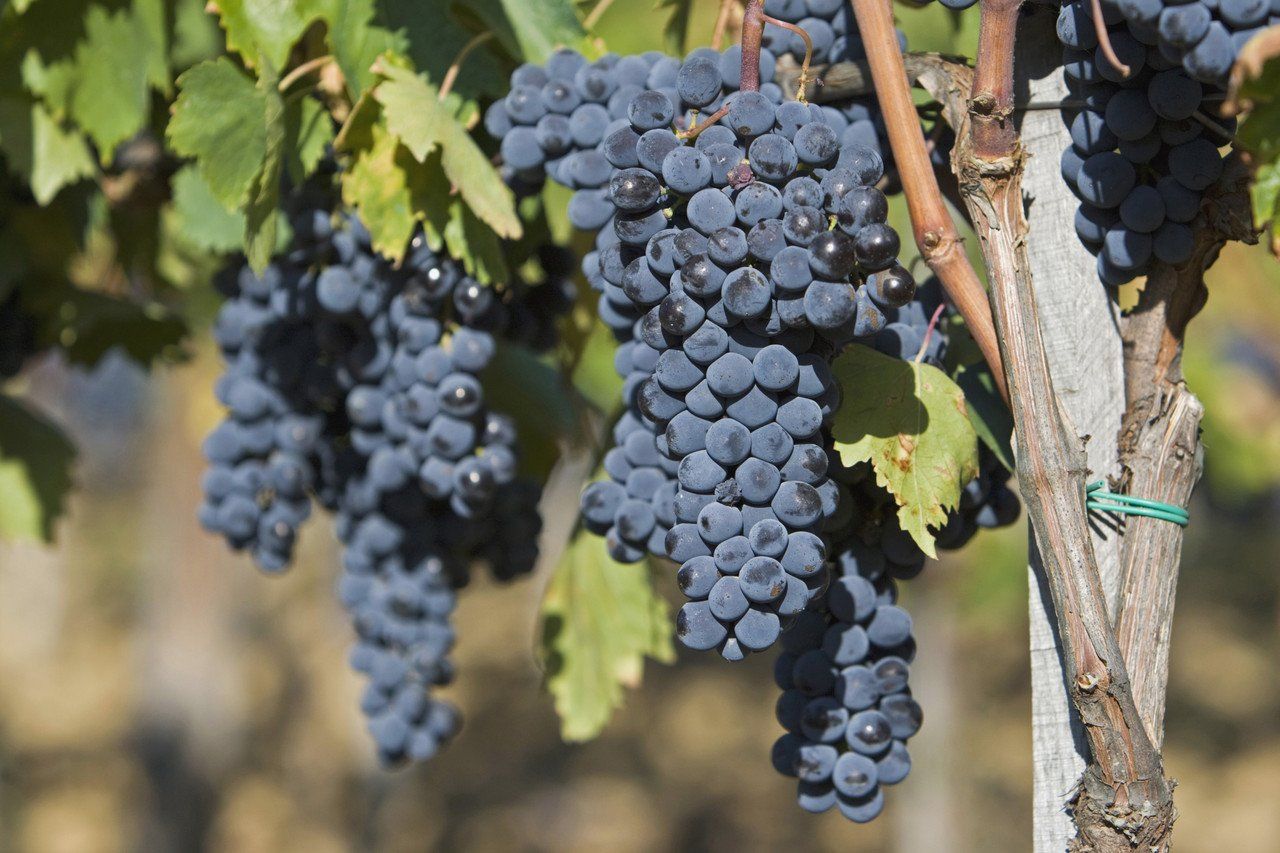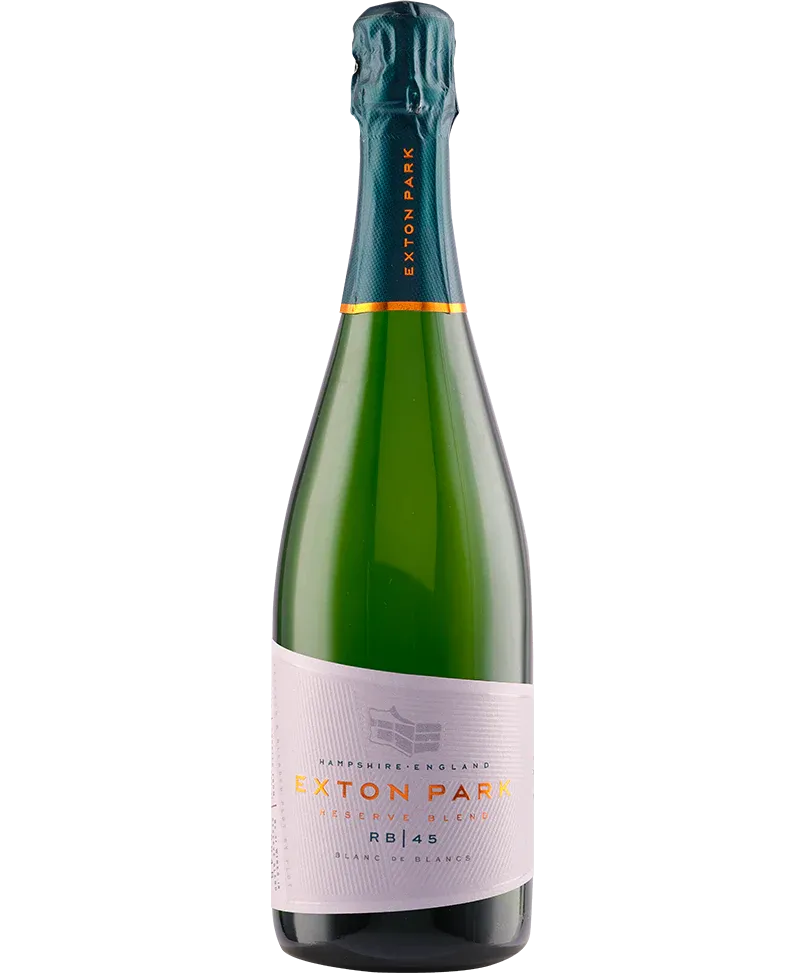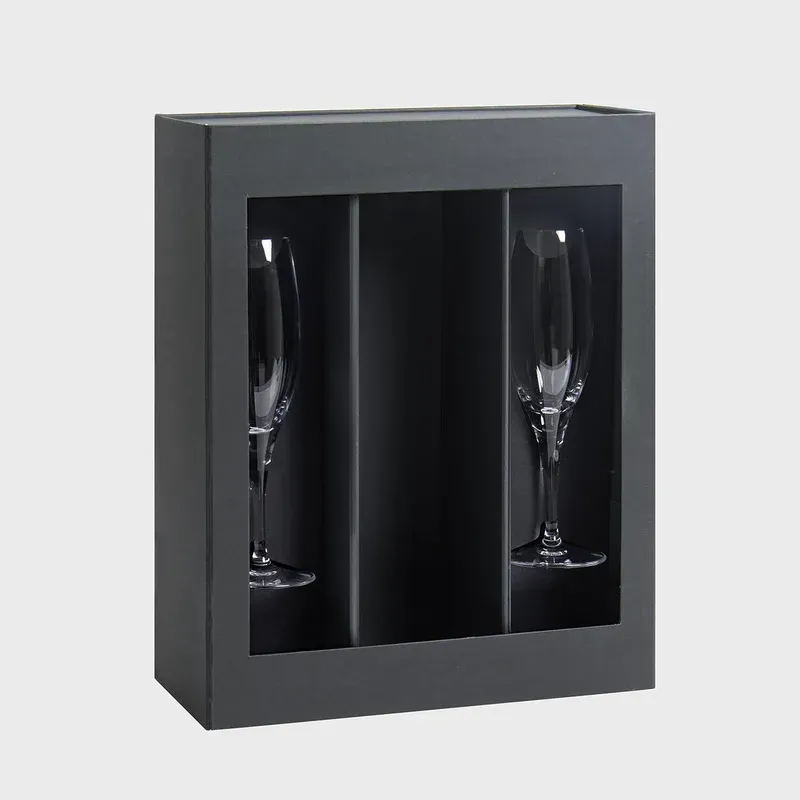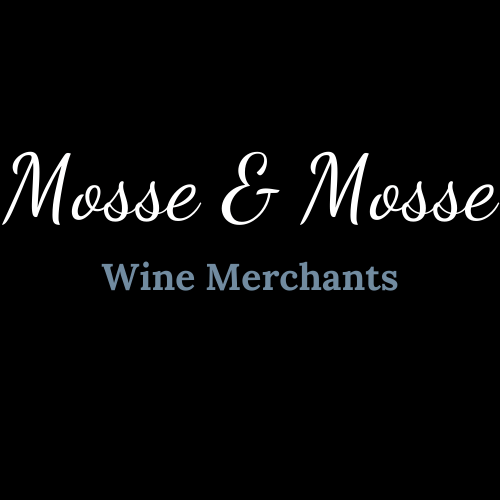White Wine Serving Temperature: Your Guide to Perfect Chill
White Wine Serving Temperature: Your Guide to Perfect Chill
Pour your white wine at 7 – 13 °C and you unlock every citrus zip, blossom perfume and creamy note the winemaker intended. Too cold and the glass tastes like fridge door; too warm and it turns flabby and boozy.
This guide shows you precisely where each style—zesty Sauvignon Blanc, oaked Chardonnay, Champagne and more—sits on that scale, with an at-a-glance chart and fool-proof chilling tricks for kitchens, ice buckets or last-minute parties. You’ll learn the science behind temperature, how to read labels for clues, and simple fixes if a bottle arrives either icy or lukewarm, so you can pour with sommelier confidence at home. Along the way we’ll highlight hand-picked bottles from Mosse & Mosse that shine brilliantly at their particular sweet spot.
Why Serving Temperature Makes or Breaks a White Wine
“Serving temperature” is the moment-of-pour sweet spot; “storage temperature” is the stable, slightly higher figure that keeps a bottle healthy over months or years. Mix them up and even a Grand Cru Chablis can fall flat. At the table, the right degree of chill acts like a volume dial for aromas, acidity and alcohol. Shift that dial by just 3 °C and you either muffle the music or crank it into distortion.
When a white wine is poured too cold, volatile aroma compounds stay trapped, acidity feels razor-sharp and the palate seems thin. Too warm and the opposite happens: fruit tastes baked, alcohol burns, texture goes slack, and sparkling wines lose CO₂ in a foamy rush. Getting it right is therefore less snobbery, more simple physics and physiology.
Aromas, Flavours, and Texture in the Balance
- Sauvignon Blanc sings at 8 °C because citrus esters are most airborne there.
- A stone-fruit-laden Chardonnay needs nearer 12 °C to let creamy malolactic notes emerge.
- Riesling’s delicate jasmine pops at 9 °C, while residual sugar stays refreshing rather than syrupy.
Correct temperature aligns nose, palate and mouthfeel, giving you the winemaker’s intended harmony.
The Physics of Temperature and Wine
Cool liquid is denser; molecules move slowly, so fewer aroma compounds escape. Warm it and volatility rises—great for red wine, disastrous for a crisp Albariño. Think fridge-cold butter versus room-temperature butter: same ingredients, totally different texture and flavour release.
Serving Temperature vs Tasting Temperature
Wine warms roughly 2 °C in the glass within ten minutes, especially in a cosy UK dining room. Pour slightly below the target so it drifts up to perfection as you swirl and sip. A quick probe thermometer or your own calibrated palate will keep that margin on point.
Quick Reference Chart: Ideal Temperatures for Every White Wine Style
Keep this chart on your fridge door and you’ll never second-guess white wine serving temperature again. The Celsius column is the one to memorise; Fahrenheit is there for the odd imported thermometer.
| Style Category | Typical Grapes / Wines | °C °F |
|---|---|---|
| Light & Crisp | Sauvignon Blanc, Pinot Grigio, Albariño | 7–9 45–48 |
| Aromatic | Riesling, Gewürztraminer, Muscat | 8–10 46–50 |
| Barrel-Aged / Full-Bodied | Oaked Chardonnay, Viognier, White Rioja | 10–13 50–55 |
| Sweet & Dessert | Sauternes, Icewine, Tokaji | 6–8 43–46 |
| Sparkling & Champagne | Champagne, Cava, English Classic Method | 6–10 43–50 |
Aim for the lower number when you want extra zip (pre-dinner aperitif) and the higher number when food pairing calls for softer acidity or richer texture.
How to Read and Apply the Chart
- Look: Is the wine pale and low-alcohol or golden and oak-aged?
- Taste: A quick sniff tells you if it’s citrus-led (keep cool) or creamy (serve warmer).
- Think: Match those clues to the nearest row above—done in 30 seconds flat, no tech required.
The 20-Minute Rule and Other Handy Shortcuts
Out of the normal 4 °C fridge, whites gain roughly 1 °C every ten minutes on the counter. Pull a bottle 20 minutes before pouring and you’ll land in the sweet spot for most styles; do the reverse for slightly too-warm reds. For parties, stash a backup bottle and rotate it in as soon as the one on the table feels tepid.
Proven Methods to Chill White Wine Correctly
Room-temperature bottles lurk around 20 °C in a British kitchen, while a cellar might sit closer to 12 °C. Which means the “right” chilling method isn’t one-size-fits-all: you choose the timetable or hack that bridges the gap between the wine’s starting point and its serving sweet spot. Below are four field-tested options, ranked from leisurely to lightning-fast.
Refrigerator Timetable: Plan Ahead
A standard kitchen fridge averages 4 °C. Slide the bottle onto a middle shelf (cold air sinks, so avoid the salad drawer) and use these ball-park times for a 75 cl bottle that starts at 20 °C:
- 90 min – Light & crisp whites (7–9 °C target)
- 75 min – Aromatic whites (8–10 °C)
- 60 min – Barrel-aged & full-bodied (10–13 °C)
Cut the stint by half if the wine arrives from a 12 °C storage spot. Pop a sticky note on the fridge door with your planned pour time—future you will be grateful.
Ice Bucket & Salt Method for Rapid Cooling
Need it chilled in a quarter-hour? Grab a bucket:
- Fill halfway with ice, halfway with cold water.
- Add a heaped tablespoon of table salt; this drops the mixture below 0 °C.
- Submerge the bottle up to its neck and spin it every five minutes.
- After 15 minutes the liquid inside will be 6–8 °C cooler.
‑ Sparkling tip: keep the wire cage clear of water to avoid soggy labels and swollen corks.
Flash Chill Hacks (When Guests Arrive Early)
- Wet a paper towel, wrap the bottle, and pop it in the freezer for 12 minutes—evaporation boosts cooling.
- Stainless wine sleeves live in the freezer and deliver a 5 °C drop in under ten.
- A handful of frozen grapes in the glass cools without dilution, but fish them out before they thaw.
Essential Tools: Thermometers and Smart Wine Fridges
A £10 digital probe takes the guesswork out; insert through the capsule after pulling the cork for an instant read-out. If you drink whites weekly, consider a dual-zone wine cooler: set one compartment to 11 °C for storage, the other to 7 °C for service—no last-minute panic required.
Understanding White Wine Styles and Their Temperature Sweet Spots
Not every bottle labelled “white” behaves the same once chilled. Grape variety, winemaking technique and residual sugar all tug the flavour dial in different directions, so the best white wine serving temperature shifts by style. Use the ranges below as a launch pad, then nudge a degree either side to suit your own palate or the dish on the table.
Light & Zesty Whites (7 – 9 °C)
Think Sauvignon Blanc from the Loire, Pinot Grigio from Veneto, Albariño from Rías Baixas or a spritzy Vinho Verde. A sharp chill keeps the wine’s high acidity snappy, lifts grapefruit and lime aromatics, and reins in any herbaceous green notes. Warmer than 9 °C these wines can feel flabby; colder than 7 °C their bouquet disappears.
Aromatic Whites (8 – 10 °C)
Riesling, Gewürztraminer, Torrontés and Muscat brim with terpenes—aroma compounds responsible for jasmine, rose and lychee scents. Serve them slightly warmer than the feather-light category so those perfumed volatiles can escape the glass, yet cool enough to balance off-dry sweetness. Aim for the lower end beside spicy food, the upper end for solo sipping.
Barrel-Aged & Full-Bodied Whites (10 – 13 °C)
Oaked Chardonnay, Rhône-style Viognier and White Rioja gain creamy texture from lees stirring and time in barrel. They need a touch more warmth to reveal vanilla, toast and nutty complexities. At 12 °C the wine feels broad without losing freshness; below 10 °C oak tannins dominate and fruit hides, above 13 °C alcohol heat creeps in.
Sweet & Dessert Whites (6 – 8 °C)
Sauternes, Icewine, Beerenauslese and Tokaji rely on high sugar balanced by piercing acidity. A cooler pour tightens that equilibrium so the wine tastes luscious rather than cloying. If served too warm the sugar overwhelms; too cold and viscosity thickens, muting apricot, honey and marmalade nuance.
Sparkling Whites & Champagne (6 – 10 °C)
Classic-method bubbles—Champagne, Cava, Crémant or an English sparkler—show best on the colder side to tame mousse and keep briskness. Vintage or blanc de blancs styles with extra autolysis complexity can edge toward 9 – 10 °C to unfurl brioche and almond notes. Avoid dropping below 6 °C: flavour shuts down and carbonation turns aggressive.
Storing vs Serving: Setting Up Your Wine Fridge and Cellar
Storage and service have different missions. For day-to-day keeping, a steady 10 – 12 °C protects corks, slows ageing and keeps flavours intact. When you’re ready to pour, drop (or raise) the bottle into its 7 – 13 °C style range for the final polish. Treat the first figure as cruise control, the second as the overtake button.
Single-Zone vs Dual-Zone: What UK Homes Need
A single-zone cooler set around 11 °C is fine if you mainly drink whites and move them to the fridge or ice bucket before dinner. Mix reds and whites, though, and a dual-zone unit is worth the footprint: keep the upper zone at 12 °C for reds, the lower at 8 °C for whites ready to serve. Energy use is similar, but you gain plug-and-pour convenience.
Adjusting the Dial: Seasonal Considerations
British summers can nudge kitchen temps above 25 °C; dial your storage zone down a notch to 10 °C. In winter, central heating may cycle on and off—raise it back to 12 °C to avoid over-cooling and condensation.
Long-Term Cellar Storage for Age-worthy Whites
If you’re laying down top Burgundy or Riesling, aim for 11 °C, 70 % humidity, darkness and zero vibration. Racks horizontal, labels visible, quarter-turn bottles twice a year to keep corks moist. With those basics sorted, the wine will slumber happily until its big reveal.
Myths and FAQs About White Wine Temperature
Every dinner table seems to have at least one bit of folk-lore about chilling wine. Here are the questions our customers ask most often—answered in plain English and backed by a thermometer rather than hearsay.
“Is White Wine Supposed to Be Chilled?” — Absolutely, But Not Ice Cold
Yes, chill it—but aim for the style range shown earlier, not the punishing 2 °C of a domestic fridge. Over-chilling masks aroma, flattens flavour and wastes the winemaker’s effort.
Ideal Wine Fridge Temperature for Whites
For day-to-day storage set a dedicated cooler at 10–12 °C. If your cabinet has dual zones, reserve 7–9 °C for bottles you plan to serve this week, leaving the other zone at cellar level.
What Is the 20-Minute Rule and Does It Actually Work?
Rule of thumb: whites come out of the fridge 20 minutes before pouring; reds go in for 20. It gets you within a couple of degrees, but a quick probe thermometer is more precise when guests are picky.
Can You Over-Chill White Wine and Fix It Later?
You can. Simply cup the bowl, swirl, or decant into a room-temperature jug; the wine will climb 2 °C in five minutes. Avoid microwaves or hot water—rapid swings can shock the wine.
Does Glass Shape Influence Perceived Temperature?
Narrow-bowled white-wine stems keep liquid cooler by reducing surface area, while the stem itself stops hand warmth creeping in. Hold the bowl of a tumbler and you’ll add roughly 1 °C every three minutes.
Spotting Temperature Trouble and Correcting It on the Fly
Even with meticulous planning, temperature can creep the wrong way once the cork comes out. A draughty patio cools a glass in minutes, while a toasty dining room heats it just as fast. The good news? A few sensory checks and lightning-fast fixes will return your white wine to its perfect chill before anyone realises.
Visual and Sensory Clues Your Wine Is Too Cold
- Glass walls are fogged with heavy condensation and the liquid looks almost viscous.
- The nose is shy: you sniff and greet nothing but “cold”.
- Flavours feel skeletal—acid dominates, fruit is MIA.
Solution: cup the bowl in both hands and swirl for 60 seconds, or decant into a room-temperature jug to gain about 2 °C almost instantly.
Signs It’s Too Warm and How to Cool Down Quickly
- Alcohol aromas leap out, giving a faint spirit burn.
- The palate seems loose, lacking definition and zip.
- Bubbles in sparkling whites fizz away faster than you can top up.
Fixes: plunge the bottle into a 50 / 50 ice-water bucket with a spoonful of salt; rotate for five minutes. No bucket? Drop two pre-frozen stainless cubes into each glass—no dilution, three-degree drop.
Maintaining Ideal Temperature Throughout a Meal
- Keep an insulated sleeve on standby and slip it over the bottle between pours.
- Pour small, refill often; less wine in the glass means slower warming.
- Swap the melted ice bath for fresh ice halfway through service to hold the target white wine serving temperature from starter to cheese course.
Savour Every Sip
Perfect white wine is a temperature game: keep the bottle somewhere between 7 and 13 °C, nudge it towards the lower end for light, zippy styles and towards 12 °C for creamy, barrel-aged whites. Plan ahead with the fridge timetable or grab an ice-bucket shortcut, store long-term at a steady 11 °C and you’ll never serve a flabby or frozen glass again. Ready to put theory into practise? Browse the chilled-on-dispatch white selections and mixed cases at
Mosse & Mosse and savour every sip exactly as the maker intended.
